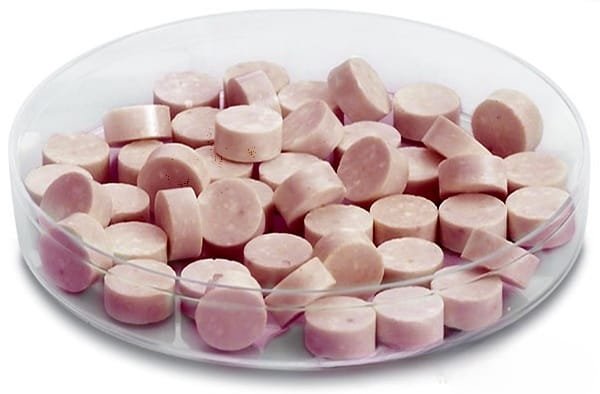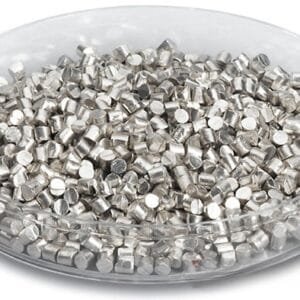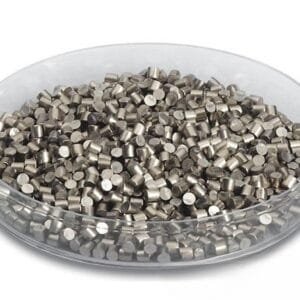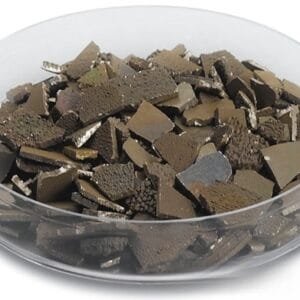Titanium(III) Fluoride Evaporation Materials Overview
TFM offers high-quality titanium(III) fluoride evaporation materials with the chemical formula TiF3. This fluoride ceramic material is essential for deposition processes, ensuring the creation of high-quality films. TFM’s TiF3 evaporation materials are produced with a purity level reaching up to 99.9995%, thanks to stringent quality assurance processes that guarantee reliability and performance.
Titanium(III) Fluoride Evaporation Materials Specification
| Material Type | Titanium(III) Fluoride |
| Symbol | TiF3 |
| Appearance/Color | Violet to Purple-red Solid |
| Melting Point | 1,200 °C (2,190 °F; 1,470 K) |
| Density | 3.4 g/cm3 |
| Purity | 99.9% |
| Shape | Powder/ Granule/ Custom-made |
Applications
Titanium(III) fluoride evaporation materials are widely used in various deposition techniques, including:
- Semiconductor Deposition
- Chemical Vapor Deposition (CVD)
- Physical Vapor Deposition (PVD)
These materials are especially valuable for applications in optics, such as wear protection, decorative coatings, and display technologies.
Packaging and Handling
Our titanium(III) fluoride evaporation materials are carefully tagged and labeled to facilitate easy identification and quality control. We ensure that the materials are well-protected during storage and transportation to prevent any potential damage.
Contact Us
As a leading provider of high-purity titanium(III) fluoride evaporation materials, TFM offers various forms including tablets, granules, rods, and wires. We also provide custom shapes and quantities upon request. In addition to evaporation materials, we supply evaporation sources, boats, filaments, crucibles, heaters, and e-beam crucible liners. For current pricing or to inquire about other materials not listed, please reach out to us.


 MSDS File
MSDS File



Reviews
There are no reviews yet.